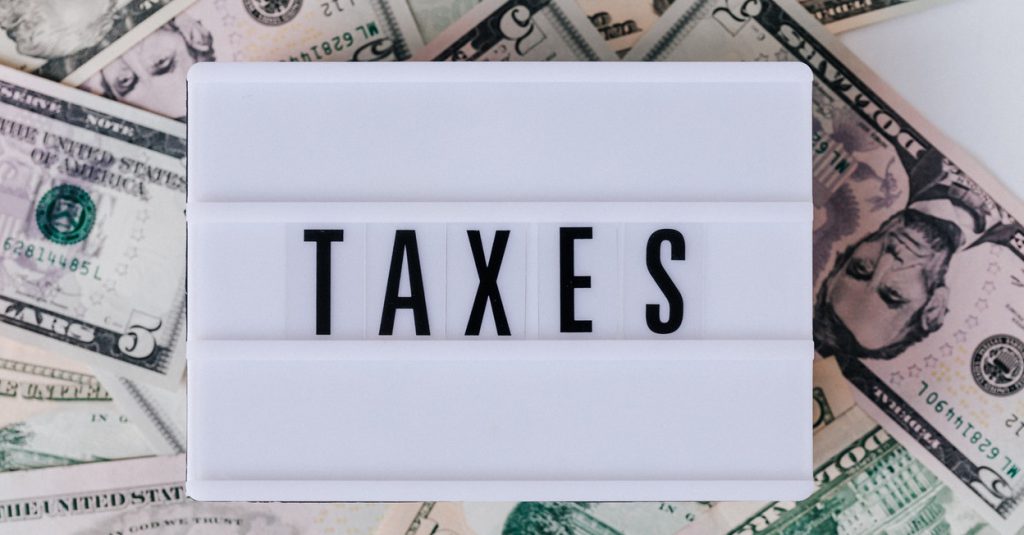As the clock strikes midnight on December 31, 2025, a deluge of tax adjustments will cascade upon the majority of Americans with the conclusion of the Trump tax reductions after 2025.
Once the clock strikes midnight on the Tax Cuts and Jobs Act of 2017 (TCJA), its major provisions will fade into the shadows unless Congress takes action to prolong them. An array of tax aspects, from brackets and rates to credits and deductions, are at stake. Should these TCJA elements sunset, their repercussions will be felt far and wide by individuals and families alike.
In light of potential upcoming changes, RapidTax dedicated tax professionals emphasize the importance of being proactive and taking necessary measures to avoid unexpected tax implications in the future.
It is undeniable that alterations in tax deductions and tax credits will impact individuals in varied ways. Higher tax rates will be uniform across the board, affecting everyone.
Why Are Higher Taxes After 2025?
Implemented under the leadership of President Donald Trump, the Tax Cuts and Jobs Act (TCJA) reduced tax rates for all income levels and altered the boundaries of various tax brackets. While the extent of tax reductions varied among individuals, experts in taxation noted that nearly everyone experienced some level of financial benefit from the changes.
Consider this scenario: In 2017, a married couple with a total income after deductions of $250,000 faced a 33% tax rate, which decreased to 24% by 2024. Similarly, an individual earning $39,000 in taxable income in 2017 had a top tax rate of 25%, which then dropped to 12% in 2024. Those in the highest tax bracket saw their rate decrease from 39.
Taxes May Revert to Rates Before the 2017 TCJA Taxes.
One way Americans can reduce their tax burden is by capitalizing on the current lower tax rates. A strategic approach could involve accelerating income into the upcoming years of 2024 and 2025. Retirees, for instance, may find it beneficial to withdraw a bit more than their mandated minimum distributions during these specific years.
According to him, some individuals might view a Roth conversion as a strategy to reduce costs by taking advantage of current lower tax rates and avoiding taxes upon withdrawing from Roth accounts.
If you foresee a potential increase in your tax rate, it may be advantageous to reassess the timing of deductions. Postpone claiming deductions such as charitable donations and retirement contributions to reduce your taxable income in the coming years, particularly from 2026 onwards.
Less Child Tax Credit After 2025
In light of recent tax reforms, the TCJA ended the personal exemption previously granted for every dependent under the age of 17. However, it also doubled the child tax credit to $2,000 per individual.
Should Congress fail to take action before 2025 concludes, the child tax credit will return to its previous amount of $1,000 for each child under the age of 16. The credit would be both refundable and gradually introduced, with the initial threshold being $3,000 in earned income.
In the recent legislative session, the House approved a bill to enhance the child tax credit under Republican leadership. The proposed changes involved a gradual rise in the refundable segment throughout 2023 to 2025, along with provisions to align the tax credit with inflation from 2024 onwards.
In light of the proposed changes, work obligations will still apply. Yet, families with limited income who are exempt from paying income taxes could now receive a refund of up to $1,800 from the $2,000 per child tax credit, a notable increase from the existing $1,600. This refund amount is anticipated to increase to $1,900 by 2024 and ultimately reach $2,000 by 2025.
Regrettably, the bill never faced a vote in the Senate, resulting in a standstill for the proposed legislation.
Itemize Your Expenses
Following the implementation of Trump’s tax cuts, there was a significant increase in the standard deduction, effectively lowering individuals’ taxable income and enabling more people to take advantage of it instead of itemizing their tax deductions.
In addition to raising the standard deduction, the TCJA made the decision to remove the personal exemption of $4,050 per individual. Although the elimination of personal exemptions somewhat balanced out the benefits of the higher standard deduction, overall, the Tax Policy Center noted that this change resulted in a rise in the taxable income threshold for 2018, ultimately benefiting taxpayers.
If this provision expires, the standard deduction will be reduced, personal exemptions will be reintroduced, and individuals will be more likely to opt for itemizing their tax returns once again.
Andrew Lautz, associate director of the Economic Policy Program at the Bipartisan Policy Center, emphasized that Americans will swiftly notice the impact of increased tax rates and reduced standard deductions in 2026 in their paychecks.
Calculating withholding amounts involves predicting your income and applying the tax rate to that income. This calculation assumes you will opt for the standard deduction, the value of which may decrease if the YCJA legislation lapses.






